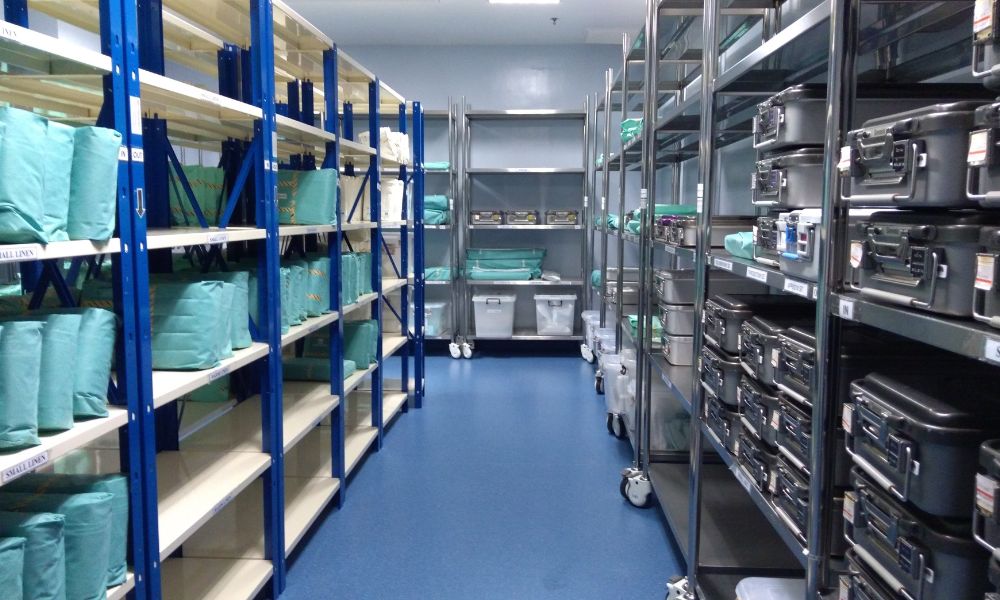Medical device packaging is a crucial element in the healthcare industry. It helps protect and maintain the integrity of medical devices during storage, transportation, and delivery to the end user. However, misconceptions about medical device packaging continue to persist, causing challenges for medical device manufacturers. We will dispel some must-know misconceptions about medical device packaging and provide crucial information you should keep in mind during device design.
Packaging Is Just a Means of Transportation
One of the most common misconceptions about medical device packaging is that it is only used to transport products from one place to another. Many people believe that once the device reaches its intended destination, the packaging is no longer necessary—this is not true. Medical device packaging plays a critical role in maintaining the product’s sterility, protecting it from damage during transportation and storage, and ensuring the end-user operates it safely. Additionally, shelf-life testing is necessary in the validation steps for packaging design to test how long a device can stay on the shelf after it has gone through a sterilization process. HIGHPOWER will test at certain intervals of time to see that each device’s internal contents maintain their sterility after sitting on the shelf.
All Medical Device Packaging Is of Equal Quality
Not all medical device packaging is of the same quality. It is necessary to tailor medical device packaging to the specific device, and that packaging must meet regulatory compliance requirements. A one-size-fits-all approach does not work when it comes to these materials. Additionally, you must design and test each package to ensure that it provides the necessary protection and maintains the product’s integrity during transportation and storage.
Medical Device Packaging Is Not Eco-Friendly
Another misconception about medical device packaging is that it is not environmentally friendly. While some packaging materials, such as plastics, are not eco-friendly, many medical device manufacturers are actively seeking out more sustainable alternatives. For example, some manufacturers are using biodegradable, compostable, or recyclable materials to package their products. Also, some medical device packaging is reusable, reducing waste and minimizing the product’s carbon footprint overall. Packaging that is reusable will need to undergo further validation testing to ensure it maintains its package integrity between each use.
Medical Device Packaging Is a One-Time Design
It’s commonly thought that medical device packaging only goes through a singular design process, then you can use that one design indefinitely. In truth, medical device packaging must be regularly evaluated and optimized to ensure that it continues to meet regulatory compliance requirements. You must also modify the packaging and sometimes revalidate it whenever changes are made to the device itself, such as updates in size or materials used.
It’s essential for medical device manufacturers to understand that packaging plays a crucial role in ensuring the safety and efficacy of their products. By dispelling certain misconceptions and focusing on designing and optimizing packaging, manufacturers can protect and maintain the integrity of their medical devices. With our medical device packaging validation services, HIGHPOWER can ensure that your packaging keeps your products protected, as well as properly sterilized and safe for the healthcare environment. HIGHPOWER specializes in shelf-life testing and whole package integrity testing, as we have been completing these tests for 30 years. Contact us today to learn how our lab can get you the data you need for your packaging design and validation testing.
